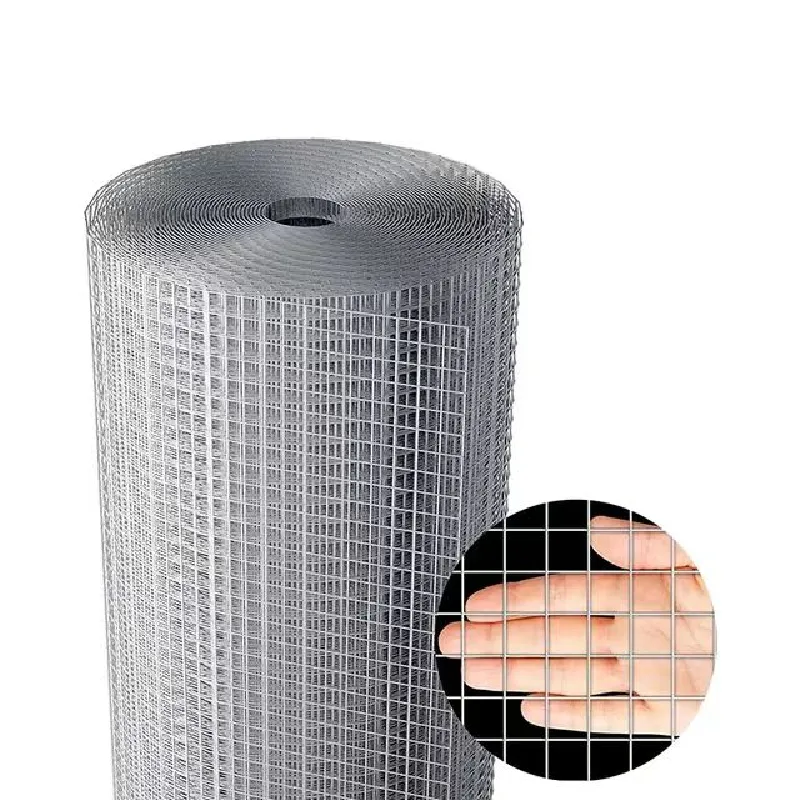-
 Afrikaans
Afrikaans -
 Albanian
Albanian -
 Amharic
Amharic -
 Arabic
Arabic -
 Armenian
Armenian -
 Azerbaijani
Azerbaijani -
 Basque
Basque -
 Belarusian
Belarusian -
 Bengali
Bengali -
 Bosnian
Bosnian -
 Bulgarian
Bulgarian -
 Catalan
Catalan -
 Cebuano
Cebuano -
 China
China -
 Corsican
Corsican -
 Croatian
Croatian -
 Czech
Czech -
 Danish
Danish -
 Dutch
Dutch -
 English
English -
 Esperanto
Esperanto -
 Estonian
Estonian -
 Finnish
Finnish -
 French
French -
 Frisian
Frisian -
 Galician
Galician -
 Georgian
Georgian -
 German
German -
 Greek
Greek -
 Gujarati
Gujarati -
 Haitian Creole
Haitian Creole -
 hausa
hausa -
 hawaiian
hawaiian -
 Hebrew
Hebrew -
 Hindi
Hindi -
 Miao
Miao -
 Hungarian
Hungarian -
 Icelandic
Icelandic -
 igbo
igbo -
 Indonesian
Indonesian -
 irish
irish -
 Italian
Italian -
 Japanese
Japanese -
 Javanese
Javanese -
 Kannada
Kannada -
 kazakh
kazakh -
 Khmer
Khmer -
 Rwandese
Rwandese -
 Korean
Korean -
 Kurdish
Kurdish -
 Kyrgyz
Kyrgyz -
 Lao
Lao -
 Latin
Latin -
 Latvian
Latvian -
 Lithuanian
Lithuanian -
 Luxembourgish
Luxembourgish -
 Macedonian
Macedonian -
 Malgashi
Malgashi -
 Malay
Malay -
 Malayalam
Malayalam -
 Maltese
Maltese -
 Maori
Maori -
 Marathi
Marathi -
 Mongolian
Mongolian -
 Myanmar
Myanmar -
 Nepali
Nepali -
 Norwegian
Norwegian -
 Norwegian
Norwegian -
 Occitan
Occitan -
 Pashto
Pashto -
 Persian
Persian -
 Polish
Polish -
 Portuguese
Portuguese -
 Punjabi
Punjabi -
 Romanian
Romanian -
 Russian
Russian -
 Samoan
Samoan -
 Scottish Gaelic
Scottish Gaelic -
 Serbian
Serbian -
 Sesotho
Sesotho -
 Shona
Shona -
 Sindhi
Sindhi -
 Sinhala
Sinhala -
 Slovak
Slovak -
 Slovenian
Slovenian -
 Somali
Somali -
 Spanish
Spanish -
 Sundanese
Sundanese -
 Swahili
Swahili -
 Swedish
Swedish -
 Tagalog
Tagalog -
 Tajik
Tajik -
 Tamil
Tamil -
 Tatar
Tatar -
 Telugu
Telugu -
 Thai
Thai -
 Turkish
Turkish -
 Turkmen
Turkmen -
 Ukrainian
Ukrainian -
 Urdu
Urdu -
 Uighur
Uighur -
 Uzbek
Uzbek -
 Vietnamese
Vietnamese -
 Welsh
Welsh -
 Bantu
Bantu -
 Yiddish
Yiddish -
 Yoruba
Yoruba -
 Zulu
Zulu
Exploring the Applications and Benefits of Rolled Steel Mesh in Modern Construction Techniques
Understanding Rolled Steel Mesh Applications and Advantages
Rolled steel mesh is a versatile construction material that has gained significant popularity in various industries due to its unique properties and applications. Made by weaving or welding steel wires together, rolled steel mesh provides a sturdy and durable solution for a wide range of structural and architectural needs. This article delves into the features, benefits, and common applications of rolled steel mesh.
What is Rolled Steel Mesh?
Rolled steel mesh typically consists of steel wires arranged in a grid-like structure, available in various sizes and gauges. The production process involves either welding or weaving the wires together, allowing for a strong interlocking pattern. This type of mesh can be produced in rolled form, making it easy to transport, handle, and install. The size of the mesh openings can vary, allowing for customization based on specific project requirements.
Key Advantages
1. Strength and Durability One of the most significant advantages of rolled steel mesh is its strength. It is designed to withstand heavy loads and harsh environmental conditions, making it suitable for construction projects that require a high level of durability.
2. Cost-Effectiveness Compared to other materials, rolled steel mesh can offer a cost-effective solution for reinforcing concrete and providing structural support. Its durability means reduced maintenance costs over time, further enhancing its appeal to contractors and builders.
3. Versatility Rolled steel mesh can be utilized in various applications, from concrete reinforcement in floors and walls to fencing and security barriers. It can also be adapted for use in drainage systems, landscaping, and even art installations.
4. Ease of Installation The rolled format of the mesh allows for quick and easy installation. Contractors can unroll the mesh as needed, cutting it to the required size without extensive preparation. This attribute can significantly reduce labor time and costs on construction sites.
5. Enhanced Safety By providing structural integrity to buildings and infrastructures, rolled steel mesh contributes to overall safety. It helps prevent cracking and collapsing of concrete surfaces, a critical aspect of modern construction standards.
rolled steel mesh

Common Applications
Rolled steel mesh serves multiple purposes across different sectors
- Construction and Civil Engineering It's primarily used for reinforcing concrete slabs, foundations, and beams. The mesh provides tensile strength, helping buildings and structures endure stress and weight.
- Fencing Rolled steel mesh is an effective solution for fencing in residential, agricultural, and industrial applications. It provides security while allowing visibility and airflow.
- Landscaping In landscaping projects, rolled steel mesh can be employed for erosion control and to create decorative features in gardens. It can support various plant growth and maintain soil structure.
- Sifting and Filtering Industries such as food processing, mining, and water treatment utilize rolled steel mesh for sifting and filtering materials, thanks to its precise hole sizes and strength.
- Art and Design Metal artists use rolled steel mesh to create sculptures and installations that blend strength with aesthetic appeal, showcasing its versatility beyond traditional applications.
Conclusion
In summary, rolled steel mesh is a fundamental component in modern construction and design, offering unmatched strength, durability, and versatility. Its wide range of applications, from reinforcing concrete structures to creating intricate artistic designs, makes it an invaluable material in various industries. As the demand for resilient and cost-effective solutions continues to grow, the role of rolled steel mesh in engineering and design is likely to expand further, contributing to safer and more innovative structures.
-
Shipping Plastic Bags for Every NeedNewsJul.24,2025
-
Safety Netting: Your Shield in ConstructionNewsJul.24,2025
-
Plastic Mesh Netting for Everyday UseNewsJul.24,2025
-
Nylon Netting for Every UseNewsJul.24,2025
-
Mesh Breeder Box for Fish TanksNewsJul.24,2025
-
Expanded Steel Mesh Offers Durable VersatilityNewsJul.24,2025











